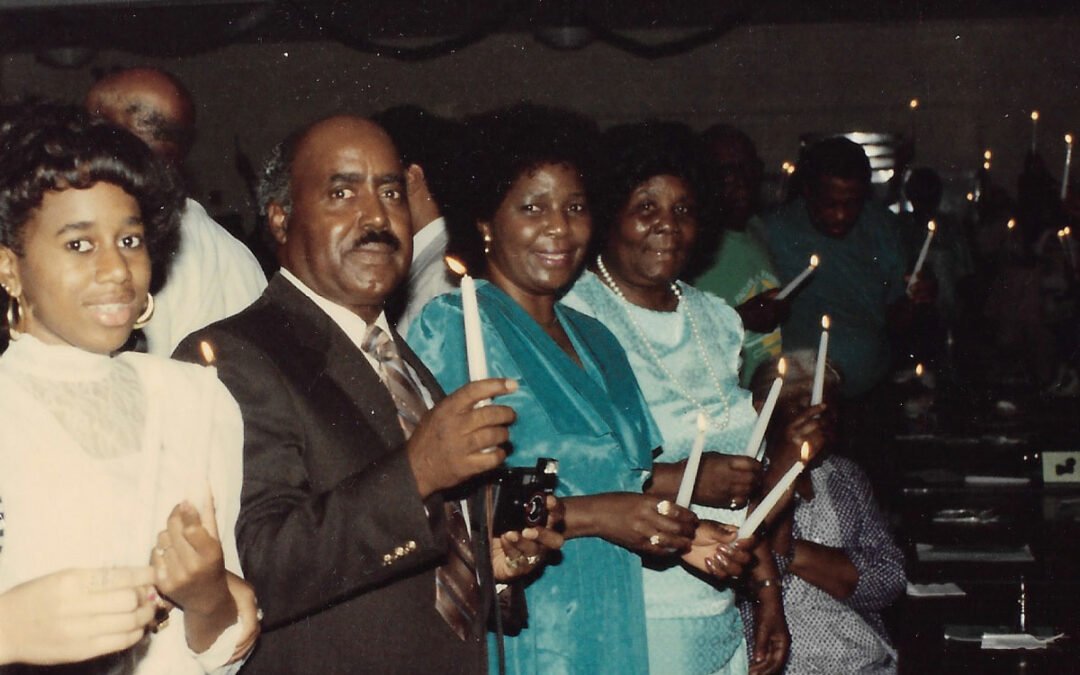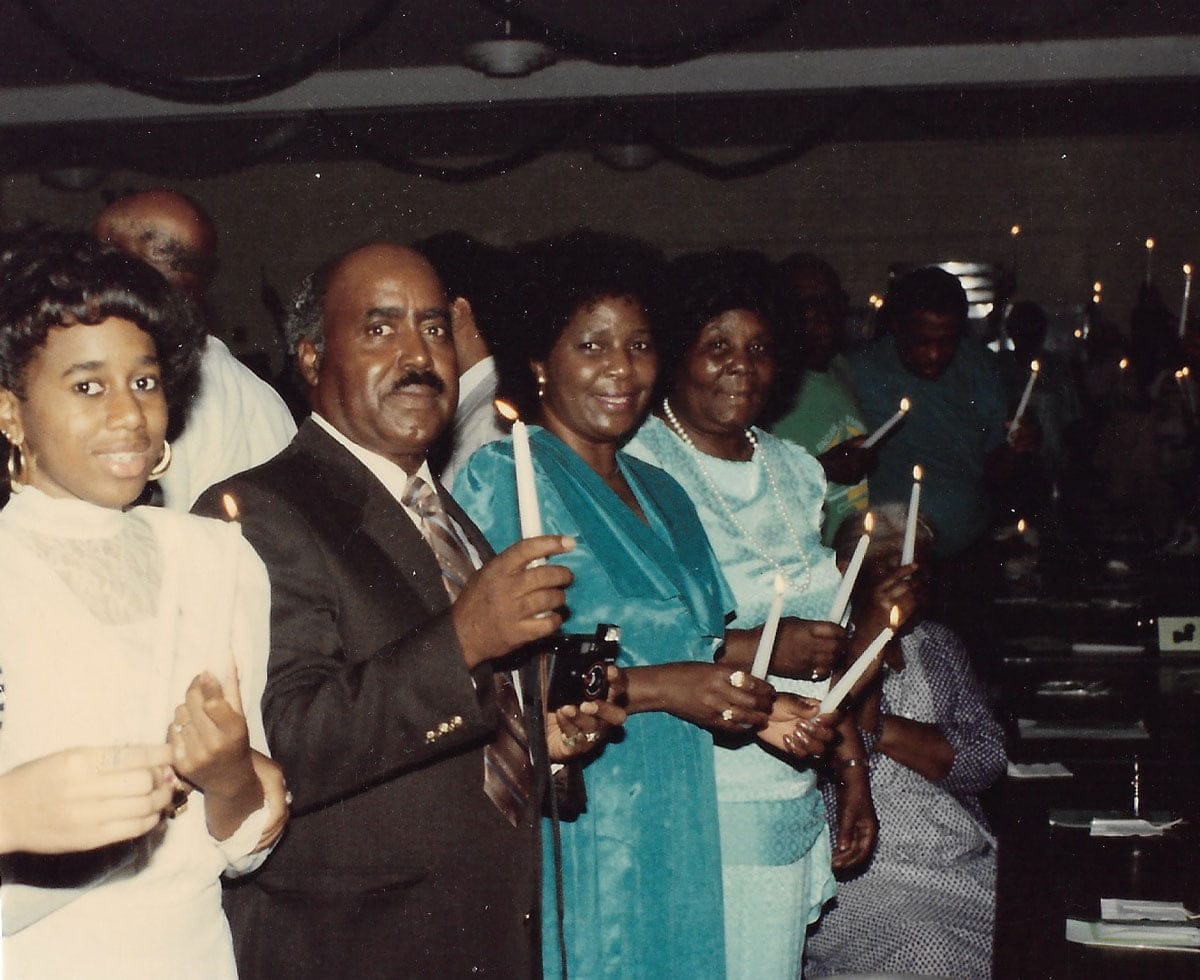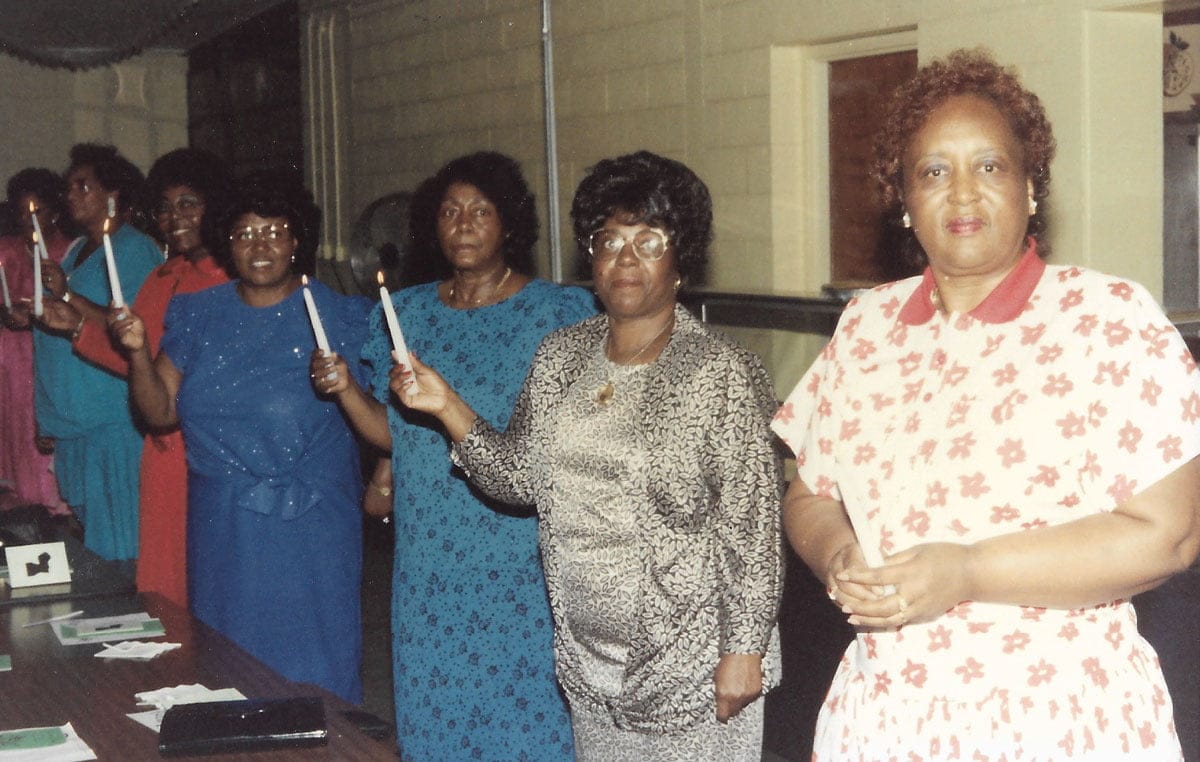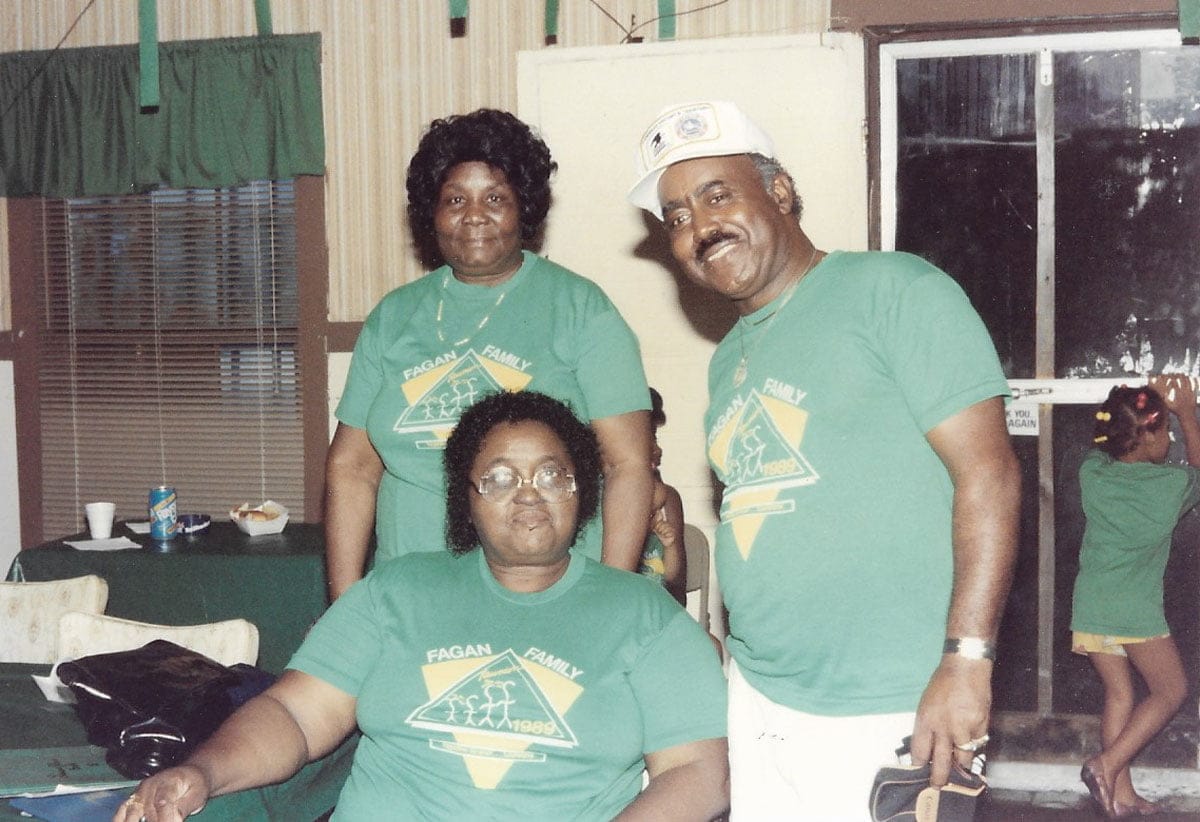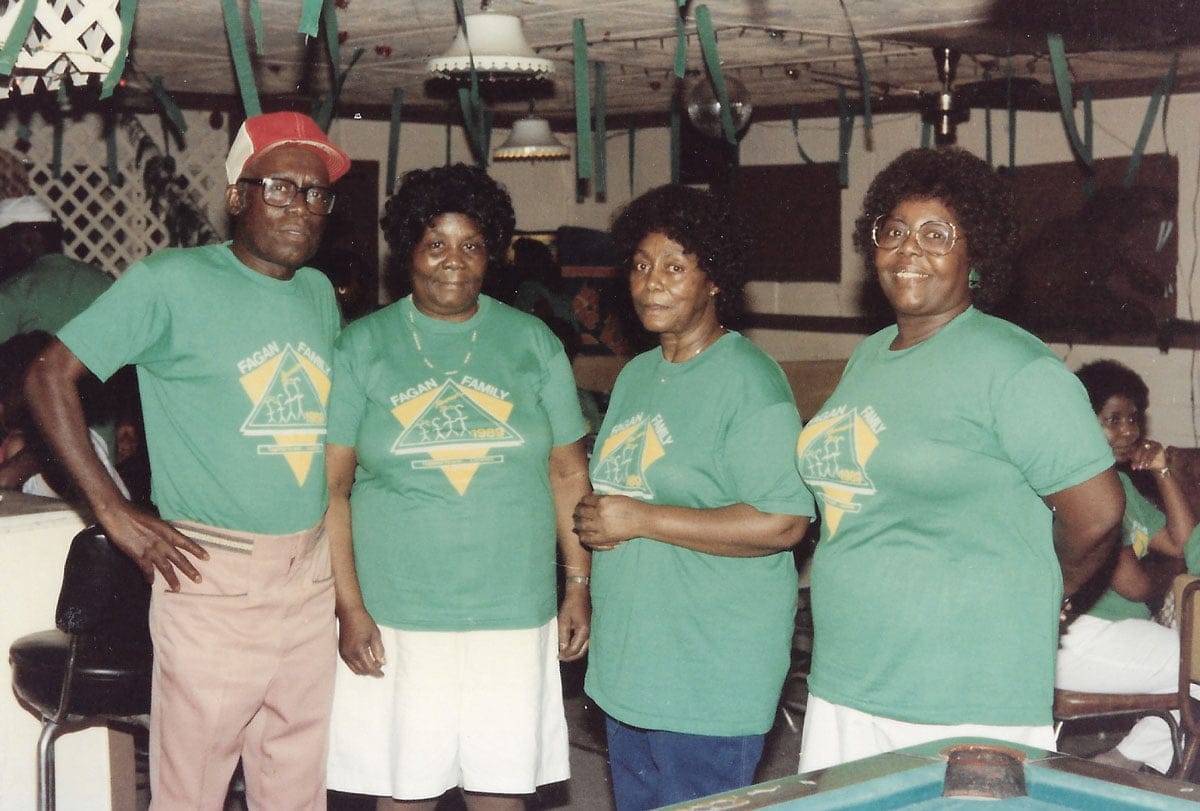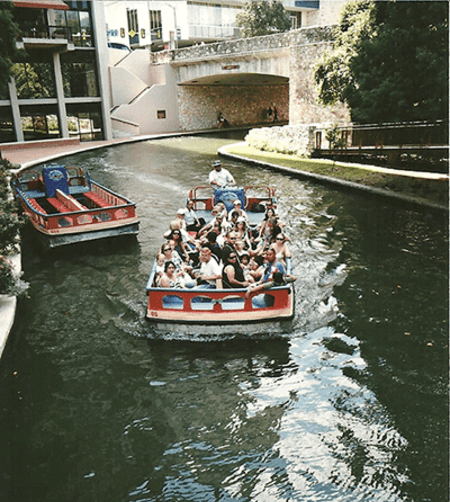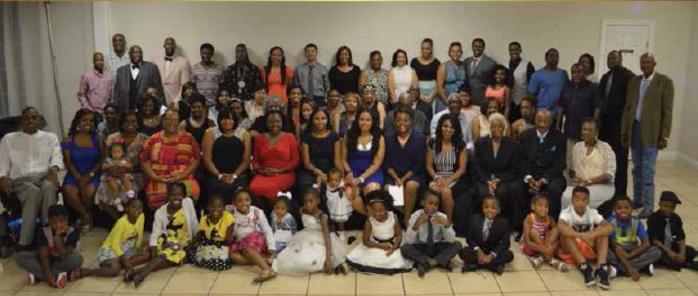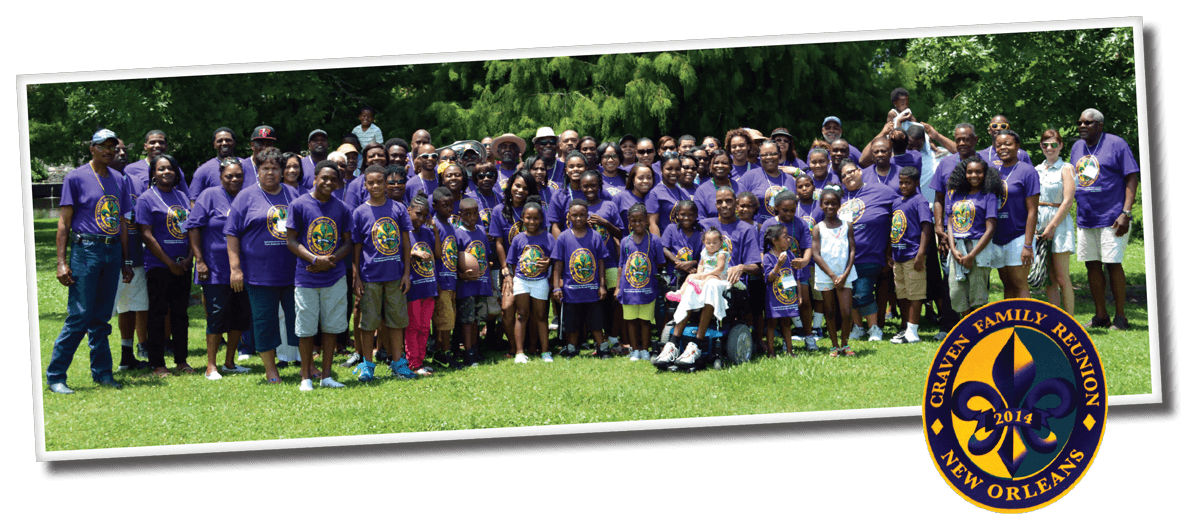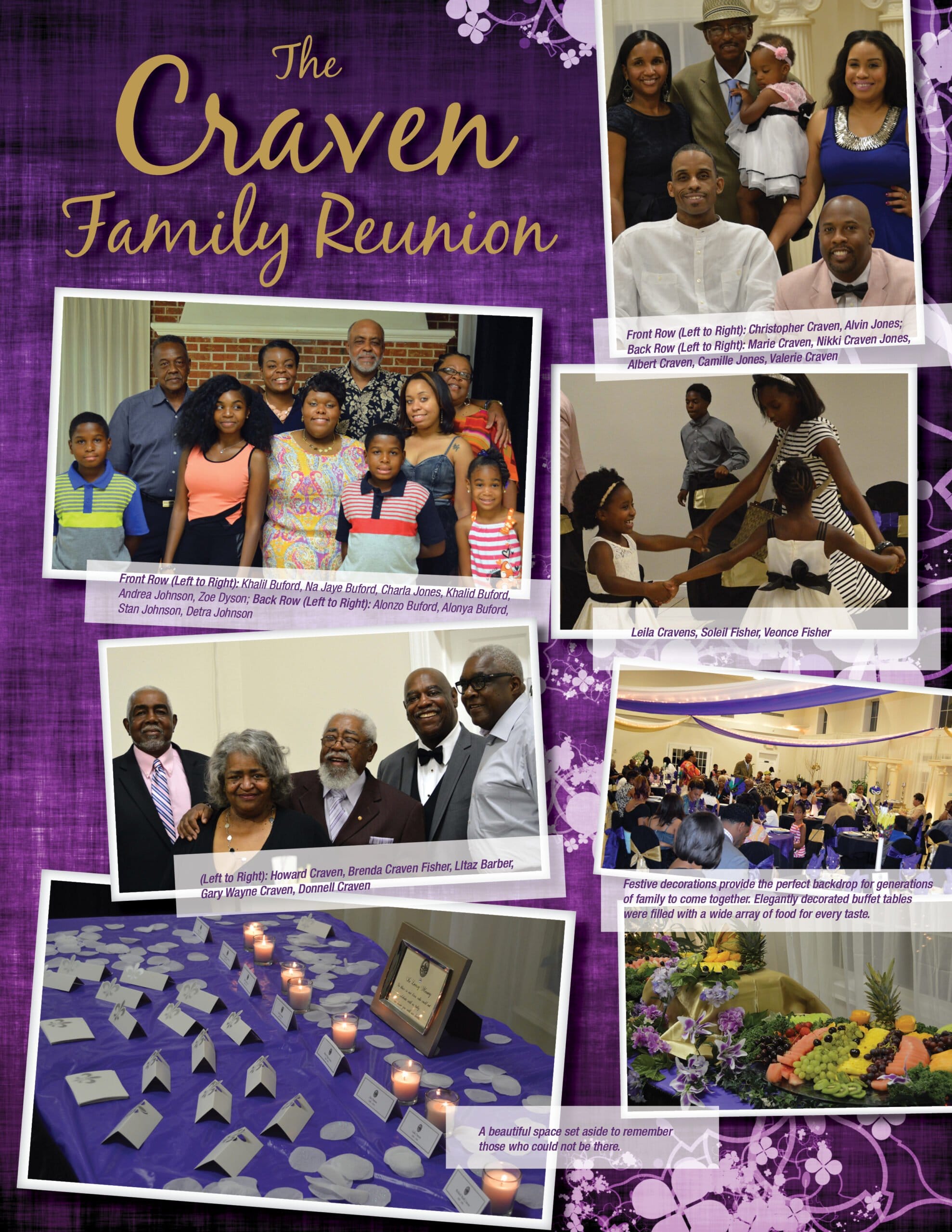Safely Savor a Socially-Distanced Thanksgiving
Safely Savor a Socially-Distanced Thanksgiving
Like most things in 2020, Thanksgiving is going to look a little different this year. Want to play it safe without canceling your gathering altogether? Health experts from the CDC to Dr. Oz have recommendations—and we think these might come in handy for your holiday:
Size Matters
Experts suggest you keep your group under 10, but consider the size of your home in calculating how many people you can safely invite. If there isn’t room for 10 people to sit 6 feet away from one another while eating, then 10 is too many for your home.
Have a Game Plan
Decide ahead of time what the house rules will be. Will you enforce mask wearing when not eating? Will you require guests to take their temperature before coming in? Let everyone know before arriving what your expectations are for the gathering.
Keep it Fresh
Keep fresh air circulating by opening windows in rooms where people congregate. Even better in warmer climates—sit outside under porches or pop-up canopies.
Ban the Buffet
Going down a buffet line and using the same servingware puts everyone at higher risk. Designate one person (wearing a mask) to do all of the serving, or pre-plate all of the food.
Think Throw-Away
Use disposable cloths in the bathroom rather than hand towels, and paper towels in place of cloth napkins. Use single-use condiments, such as salt and pepper packages. Have disposable masks on hand for before and after the meal for anyone who might have forgotten theirs.
Don’t Skip on Sanitizer
Put hand sanitizer out in several easy-to-access areas and remind guests to use it. Better yet, give each guest their own personal travel hand sanitizer to use throughout the day.
Go Virtual
Skip safety concerns completely by celebrating online. Zoom just announced that it will be lifting its regular 40-minute limit on Thanksgiving Day, so you won’t have to worry about getting cut off mid-toast. Designate the family organizer to host and the natural comedian among you to “emcee.” And plan to keep it short while offering one activity everyone can participate in, like a centerpiece competition or showing off pie and chatting over dessert.
Want more tips for keeping your loved ones safe over the holidays? Click here to check out the CDC Holiday Guide.

How are you handling the hijacked holiday?
We couldn’t help but wonder how our readers are handling this hijacked holiday. Is the uptick in infections causing you to take your celebration entirely virtual? Or have you found a creative way to incorporate some of your favorite Thanksgiving rituals and traditions into a safe celebration?
We want to hear from you! Tell us what you are doing for Thanksgiving this year—what new traditions are you starting, what family favorites are you sticking with, and how are you adding safety to the holiday mix?

